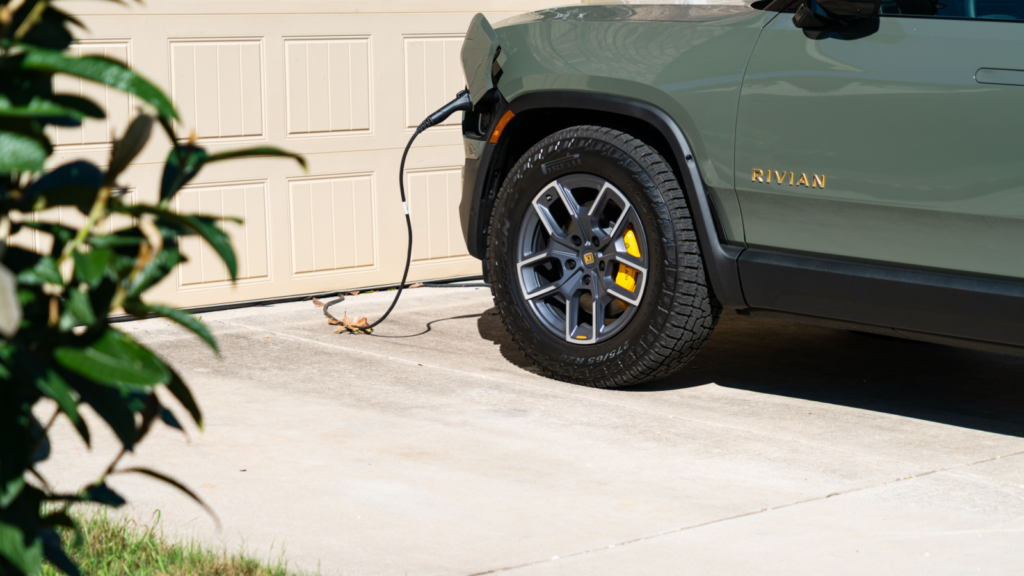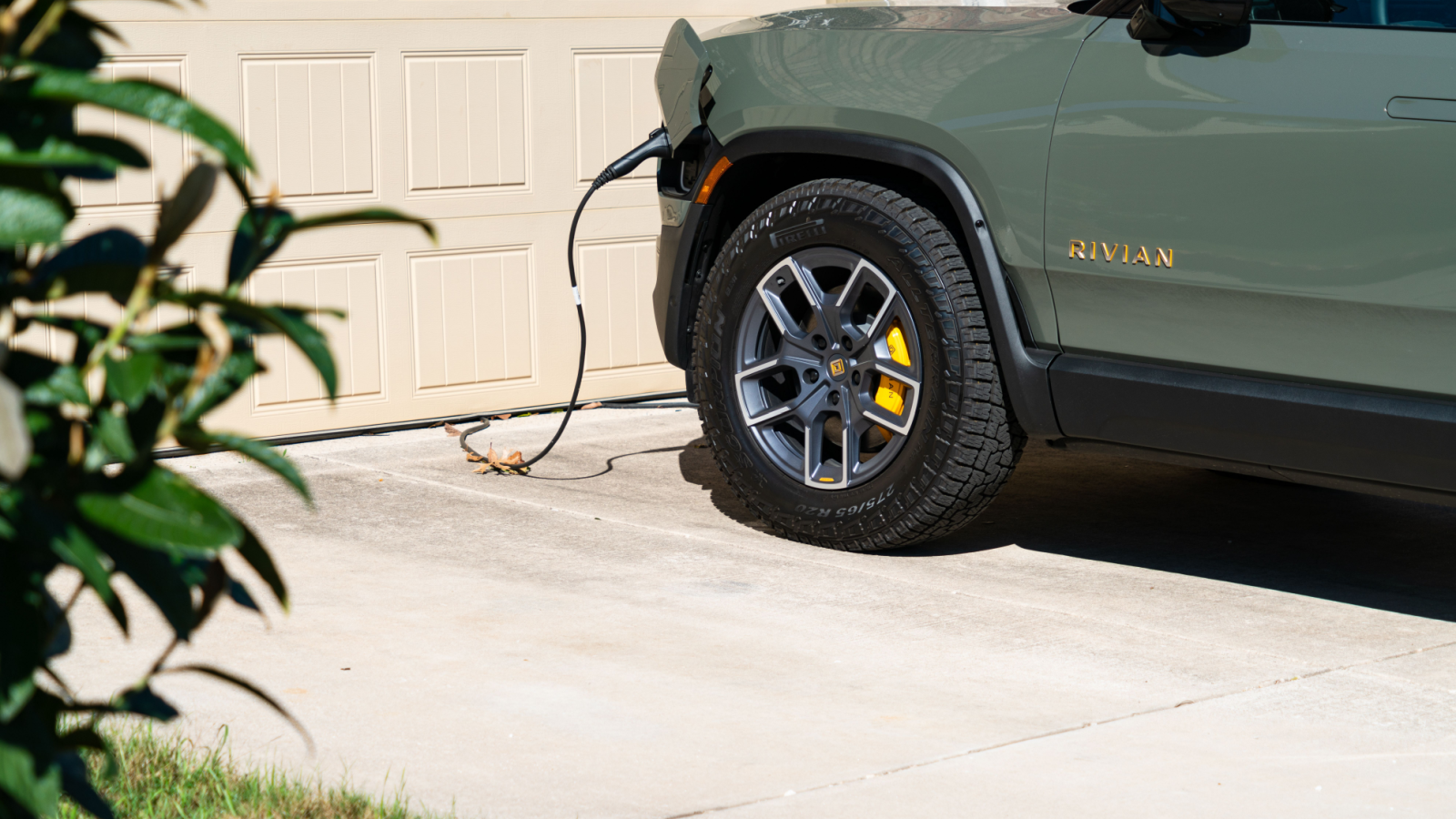

The prices for electric vehicle (EV) battery components have run rampant over the past few years in light of increasing adoption and supply-chain inefficiencies. However, Rivian (NASDAQ:RIVN) Chief Financial Officer Claire McDonough believes that the company will benefit from battery material price deflation into the end of 2023 and in 2024.
At a Goldman Sachs (NYSE:GS) conference, McDonough explained that falling battery raw material costs could give a boost to Rivian’s margins as well as its competitors’ margins. According to TrendForce, the falling costs is attributable to slowing demand for electric vehicles. Still, slowing demand isn’t a good factor, despite its possible counter effect of reducing battery raw material costs.
Rivian, which has emerged as a leading EV contender, is currently ramping up production of its in-house drive unit. The unit is expected to result in cost-savings benefits, improve production efficiency and reduce Rivian’s reliance on third-party suppliers. According to InsideEVs, the unit also slightly increases the range of the R1T and R1S models.
RIVN Stock: CFO Calls for Lower Battery Raw Material Costs
For 2023, Rivian has guided for production of 52,000 vehicles, which was raised from the initial 50,000 target. That reflects an over 100% increase from last year’s production of 24,337 vehicles. During the second quarter of 2023, Rivian produced 13,992 vehicles and delivered 12,640 of them. These deliveries improved by 59% compared to the first quarter. Based on these numbers, it’s safe to say that production is ramping up. Furthermore, the R1S accounted for about 70% of total R1 production.
“This was the first quarter in which we produced more R1S vehicles than R1T vehicles,” said Rivian in its Q2 shareholder letter. “Over the long-term, we believe consumer mix will be more heavily weighted toward the R1S.”
While production has increased, gross profit has risen but is still negative. During Q2, Rivian churned out a net loss of $412 million, marking an improvement year-over-year (YOY) from a net loss of $704 million. At the same time, gross profit per vehicle delivered grew by a significant $35,000 compared to the first quarter. Falling battery raw material costs will only improve these margins.
Since Q4 2021, Rivian’s quarterly production and deliveries have increased every quarter except from Q4 2022 to Q1 2023. This trend shows a company in full stride as part of the costly production race.
On the date of publication, Eddie Pan did not hold (either directly or indirectly) any positions in the securities mentioned in this article. The opinions expressed in this article are those of the writer, subject to the InvestorPlace.com Publishing Guidelines.





